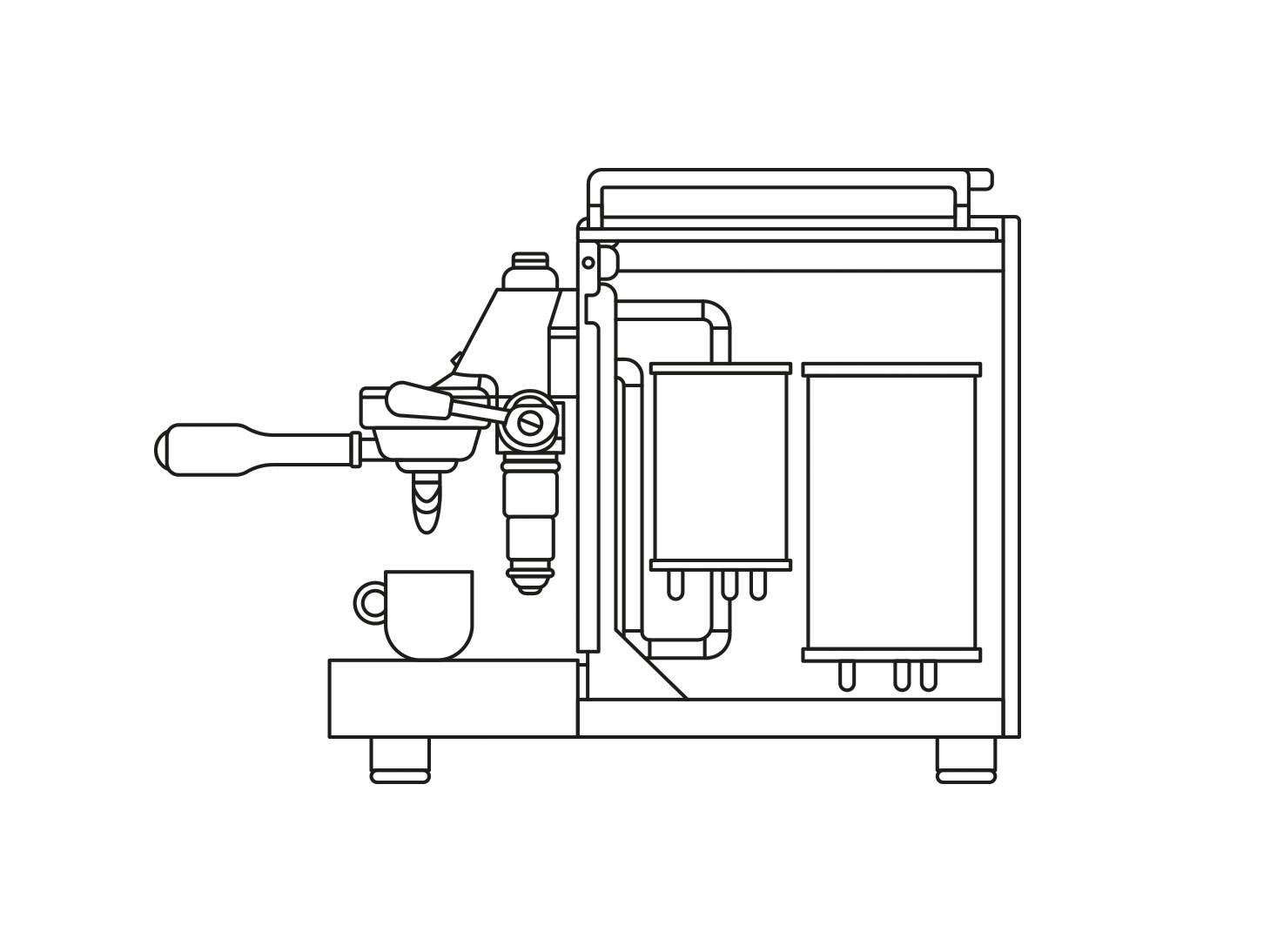
About us
Über uns
We build espresso machines. We know everything there is to know about espresso machines having built them since 1990. We work with so much passion on our machines so that you can have the best espresso possible in the world in your home.
Our machines offer you the highest performance combined with a purist design, which you may not know yet, every home needs.






